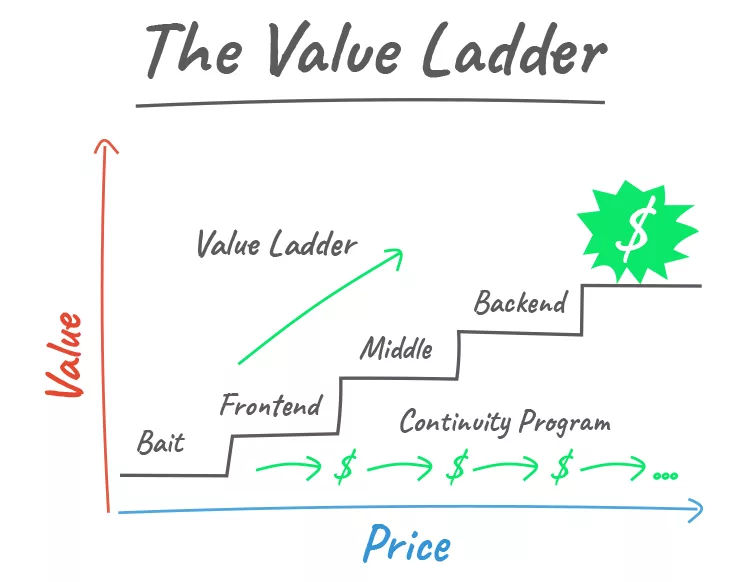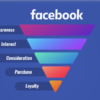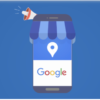Email Marketing
5 Steps To Success With Sales Forecasting
Want to increase your company’s revenue and predict future sales accurately? Follow these five steps for successful sales forecasting. Don’t miss out on potential growth opportunities!. Choosing the Right Method for Your Business
When it comes to sales forecasting, there are three popular methods to consider. But which one is best for your business? Let’s dive in and find out.
Intuitive Sales Forecasting
If you’re just starting out and lacking historical sales data, intuitive sales forecasting is your go-to method. While it’s the least reliable, you can boost accuracy by conducting thorough customer, competitor, and market research.
Historical Sales Forecasting
For established businesses, historical sales forecasting is the way to go. But don’t make the mistake of projecting past sales directly onto the future. We’ll discuss the nuances later in this article.
Opportunity Stage Sales Forecasting
Using your sales funnel conversion rates, also known as opportunity stage sales forecasting, can provide valuable insights. However, like historical sales forecasting, it’s not as simple as assuming the rates will remain constant. We’ll explain why.
How to Use Historical Sales Data
In this article, we’ll primarily focus on historical sales forecasting because it’s the most reliable method. Here’s how to make the most of your historical data to forecast future sales.
Step 1: Clean Up Your Data
To ensure accurate projections, start by eliminating irreplicable events from your historical sales data. These random outliers can skew your results, so focus only on trends that can reasonably be expected to continue.
Step 2: Assess Current Market Conditions
Remember, the market is ever-changing. Therefore, when analyzing historical sales, take into account the latest market conditions. Consider your competitors, any new players in your niche, and the social context. Stay up to date!
Step 3: Anticipate Future Market Changes
Stay ahead of the game by anticipating upcoming market changes that may impact your sales. Look at the main players, newcomers, and social trends. By factoring in projected changes, your sales projections will be more accurate.
Step 4: Estimate Future Growth
While you may have exciting plans for the future, don’t factor them into your sales projections. Instead, focus on expected future growth based on your current performance. Assume new campaigns may flop and be pleasantly surprised if they succeed.
Step #5: Creating Sales Projections
Now let’s dive into creating your sales projections. You have a couple of options here: you can use spreadsheet software like Excel or opt for specialized sales forecasting software. And if your business is simple and predictable, and you operate in a stable industry, you might even be able to get away with some good old-fashioned pen-and-paper calculations!
But hold on a second… Is this approach too conservative? 🤔
We understand that some people might think that our sales forecasting approach is overly cautious. It’s true that it might lead to underestimating future sales.
However, we believe that when it comes to money, it’s always better to err on the side of caution. This holds true for both personal finances and running a business.
Why? Well, as humans, we have a tendency to be overly optimistic. We want to believe that everything will work out perfectly!
But this unfounded optimism can sometimes lead to disastrous business decisions. We might invest in unvalidated ideas, hire too many people too quickly, or expand our operations recklessly.
That’s why it’s actually beneficial to be a bit pessimistic when projecting sales. It helps us avoid making catastrophic mistakes based on unrealistic expectations.
And hey, if you end up making more money than you anticipated, that’s actually a fantastic problem to have!
A Word of Warning: Sales Projections ≠ Reality!
When it comes to sales forecasting, there are plenty of potential pitfalls to be aware of. But the most dangerous one of all is forgetting that your sales projections are simply projections. They are not a crystal ball that predicts the future!
Even if you put your best effort into accurately forecasting sales, there will always be factors that can disrupt your predictions—some within your control and some outside of it.
These factors can include:
– Optimism bias: The tendency to be overly optimistic, especially when relying on limited data like product launches or new marketing campaigns.
– Failure to accurately assess risks: Sometimes, we underestimate the likelihood of negative events occurring, such as economic downturns or geopolitical crises.
Company Culture Matters
When you’re a solopreneur, your incentives align perfectly with the goal of making a profit. After all, that profit goes directly into your pocket!
But as your business grows and you start hiring employees, their incentives may not be aligned with maximizing profit. This can lead to problems where people create unrealistic timelines, hide issues, or even lie about their progress due to the culture within your company.
As a result, information becomes distorted as it travels up the company’s hierarchy. By the time it reaches you, it no longer reflects reality.
It’s impossible to make accurate sales projections when you’re out of touch with what’s truly happening in your business!
Beware of Black Swan Events
In 2007, Nassim Nicholas Taleb introduced the concept of a black swan—a highly improbable and unpredictable event that has a huge impact. The Covid-19 pandemic is a perfect example of a recent black swan event. Sales projections for 2020 went completely off track when the lockdowns started.
While black swan events are difficult to predict, we can assume that more of them will come our way.
Stay Grounded and Humble!
Optimism bias, company culture, and black swan events are just a few factors that can disrupt your predictions about the future. The truth is, unless you have some incredible powers of foresight, you can’t possibly know what lies ahead.
Boost Your Sales with the Power of the Value Ladder Sales Funnel
Alright, you’ve learned how to predict sales. Now, let’s dive into increasing them.
We truly believe that the Value Ladder sales funnel is the ultimate way to sell anything online.
Russell Brunson, our brilliant co-founder, actually used this exact funnel to skyrocket ClickFunnels from nothing to over $10 million in revenue in just one year (and now it’s over $100 million!).
So, what exactly does this sales funnel look like?
First, you grab the attention of potential customers by offering them a valuable lead magnet in exchange for their email address.
Next, you introduce them to your frontend offering, which is your most affordable and least valuable product or service.
Then, you present them with something even more valuable and higher priced in the middle stage.
Finally, you deliver your most valuable and priciest product or service in the backend.
To take it a step further, we highly recommend offering a continuity program as well – a subscription-based product that generates recurring revenue.
And guess what? That’s not all! You can maximize your sales potential by incorporating downsells, upsells, and cross-sells into your core offers.

Here’s the game-changer:
Instead of directing traffic straight to your website or sales page, send them to your lead magnet landing page and capture their email addresses.
Once you have their email addresses, you can pitch your products and services directly to them through email marketing and drive traffic to your sales pages.
Why does this strategy work so well?
Because it allows you to:
1. Establish a relationship by providing free value right from the start.
2. Nurture that relationship by consistently delivering free value through email.
3. Cultivate trust by offering increasingly valuable paid value at each stage.
According to Russell:
Building a Value Ladder sales funnel for your business is the absolute best way to skyrocket your sales!
Ready to get started? Join our 5 Day Lead Challenge with Russell as your guide. In just five days, you’ll:
– Create an enticing lead magnet.
– Build a powerful sales funnel.
– Set up a compelling six-email welcome sequence.
And the best part? You’ll launch your funnel in just five days!
>>>Join The One Funnel Away Challenge<<<






























